Gastronomy of Chile is a captivating journey through a country’s history, geography, and culture. Chile, a slender strip of land on the western edge of South America, boasts a culinary tradition deeply rooted in its indigenous heritage, Spanish colonization, and the influences of immigration from Europe, the Middle East, and other parts of the world. From the coastal delicacies to the hearty dishes of the Andes, Chilean food reflects the rich tapestry of ingredients, flavours, and traditions that make up this diverse nation. In this exploration of Chilean cuisine, we will delve into its historical roots, regional diversity, iconic dishes, and the challenges and opportunities it faces.
Historical Roots:
Chilean cuisine has deep historical roots, beginning with the indigenous peoples who inhabited the region long before the arrival of the Spanish conquistadors. The Mapuche, Aymara, and Rapa Nui, among others, cultivated a variety of crops, including corn, quinoa, potatoes, and beans, which remain central to Chilean cooking.
Spanish colonization in the 16th century brought European ingredients like wheat, cattle, and wine, which transformed the culinary landscape of Chile. The Spanish also introduced cooking techniques that combined with indigenous traditions to create mestizo cuisine, a fusion that characterizes much of Chile’s culinary identity.
Regional Diversity:
Chile’s geographical diversity is a hallmark of its cuisine. The country can be divided into various culinary regions, each with its own unique ingredients and dishes. Some of the most notable culinary regions include:
- Central Valley: The heart of Chile’s agricultural production, this region is known for its vineyards, fruit orchards, and fertile soil. Santiago, the capital, is located in the Central Valley. Dishes like pastel de choclo, a corn pie with ground beef, and empanadas, stuffed pastries, are popular.
- Coastal Region: The long coastline of Chile provides an abundance of seafood. Coastal dishes often feature fish and shellfish, with ceviche and paila marina, a fish and seafood soup, being highlights.
- Araucanía Region: Located in southern Chile, this region is known for its indigenous Mapuche cuisine, which includes dishes like muday (a fermented corn drink) and curanto, a traditional dish of meat, seafood, and potatoes cooked underground.
- Andes Mountains: The Andes region features hearty and warming dishes such as cazuela, a stew with meat and vegetables, and charquicán, a dish with dried beef and vegetables.
- Southern Patagonia: This remote region offers unique ingredients like guanaco and king crab. Dishes like curanto en hoyo, cooked underground, and cordero al palo, lamb cooked on a vertical stake, are traditional favourites.
Iconic Dishes:
Chilean cuisine boasts an array of iconic dishes that are beloved within the country and beyond. These dishes encapsulate the essence of Chilean food culture. Some of the most famous Chilean dishes include:
- Empanadas: Chilean empanadas are a staple, typically filled with a mixture of ground beef, onions, hard-boiled eggs, olives, and raisins. They come in various shapes, depending on the filling.
- Pastel de Choclo: A layered dish featuring ground beef, onions, chicken, and hard-boiled eggs, all covered with a layer of corn puree. It’s baked until golden and is a classic comfort food.
- Ceviche: This dish features fresh fish or seafood, marinated in citrus juices and mixed with onions, cilantro, and hot peppers. Chilean ceviche often includes additional ingredients like tomatoes and bell peppers.
- Paila Marina: A hearty seafood soup made with various types of seafood, including clams, mussels, and shrimp, all cooked in a flavorful broth.
- Cazuela: A rich stew made with meat, potatoes, corn, and vegetables, often served with rice. It’s a comforting and nutritious meal.
- Charquicán: A dish made with dried beef, mashed potatoes, and vegetables like pumpkin, green beans, and corn. It’s a flavorful and filling traditional dish.
Challenges and Opportunities:
Chilean cuisine faces various challenges and opportunities. The country’s economy is heavily reliant on the export of ingredients like fruit and wine, leading to the neglect of local and traditional culinary treasures. There is an opportunity to promote and preserve the rich tradition of Chilean cuisine by supporting small-scale farmers, indigenous food systems, and the use of native ingredients.
Health and nutrition are also important considerations. Encouraging a balanced and nutritious diet while preserving the authenticity of Chilean cuisine is vital. Initiatives that emphasize the use of fresh, local ingredients and traditional recipes can contribute to both culinary preservation and the well-being of the population.
In conclusion, Chilean cuisine is a captivating journey through a country’s history, culture, and culinary traditions. From the cherished empanadas and ceviche to the hearty cazuela and pastel de choclo, Chilean food is a celebration of life, community, and the pleasure of savouring diverse flavours. Whether enjoying a fresh seafood meal in Valparaíso, savouring a pastel de choclo in Santiago, or experiencing the unique tastes of indigenous Mapuche dishes in the south, the essence of Chilean culinary tradition is a testament to the country’s passion for food, culture, and unity.


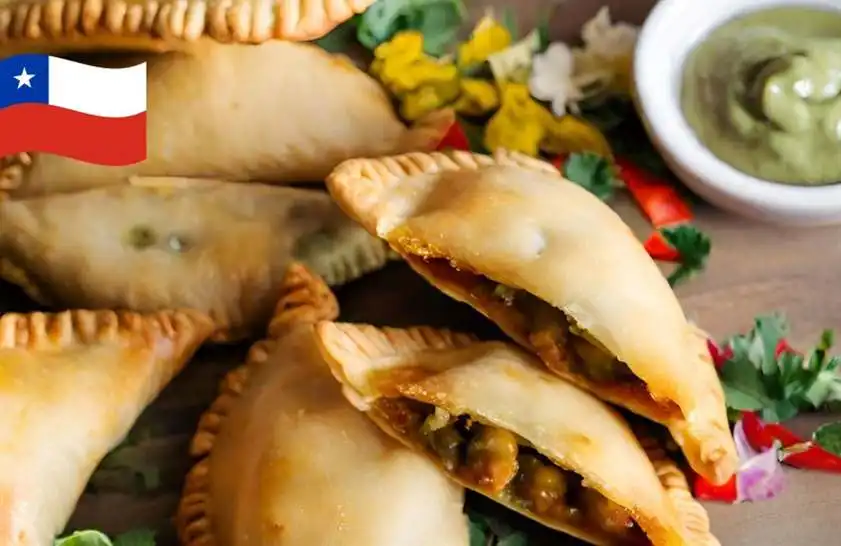
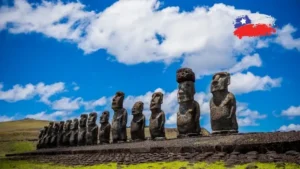
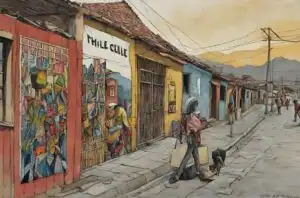


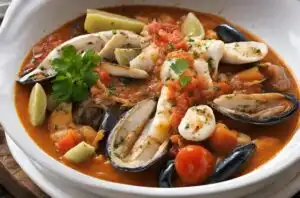

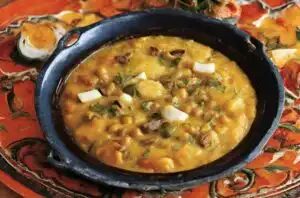
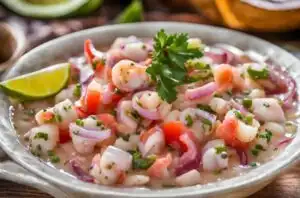
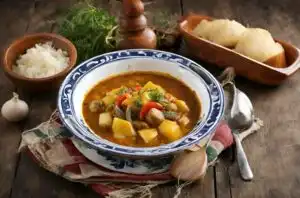



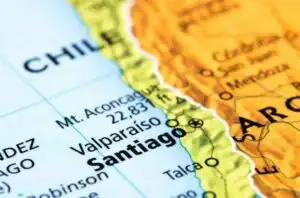

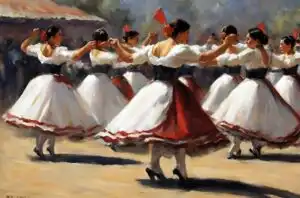


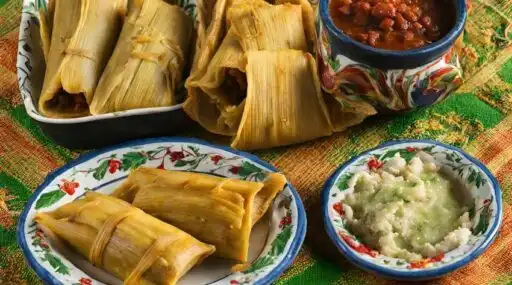
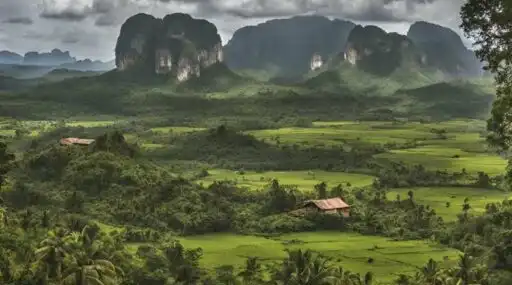
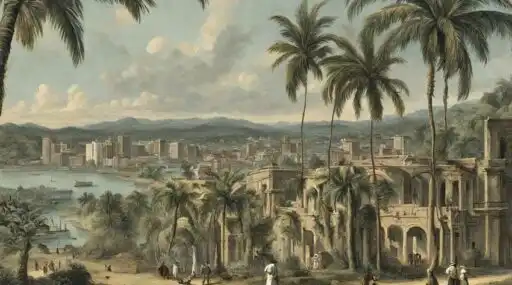
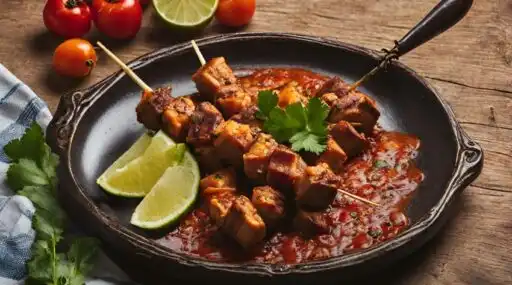
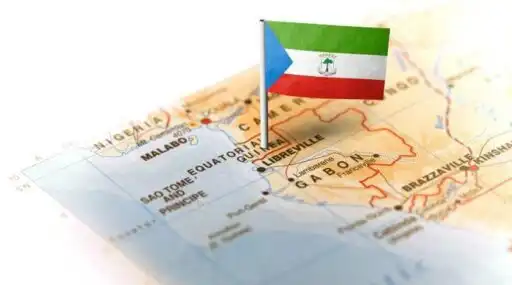
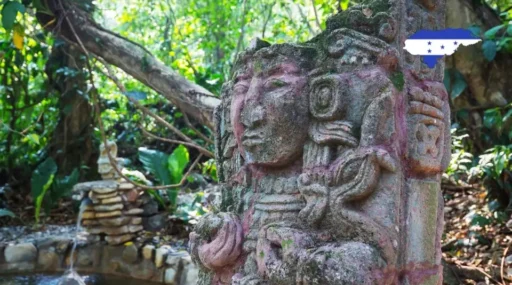

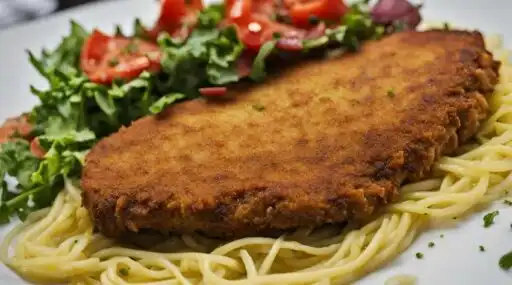


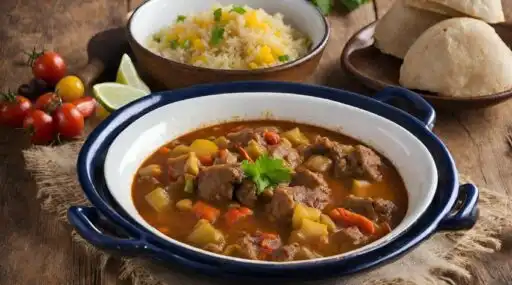
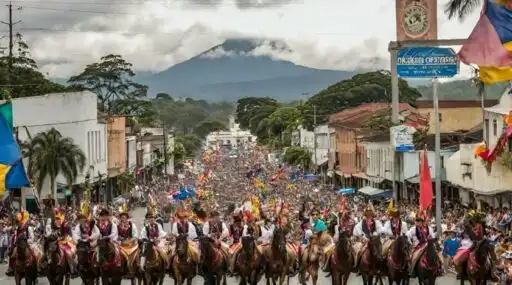


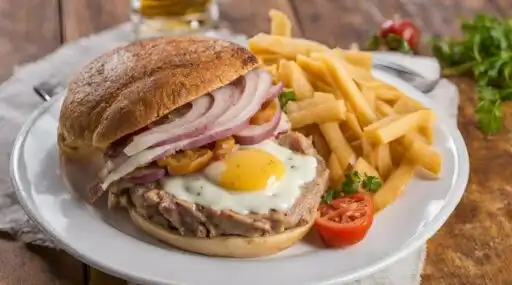
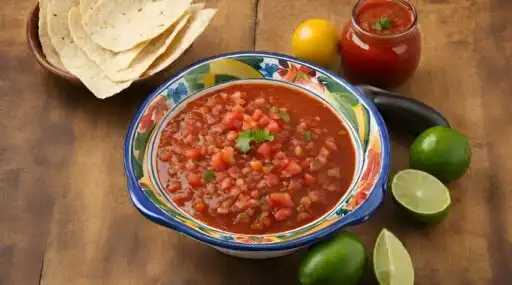

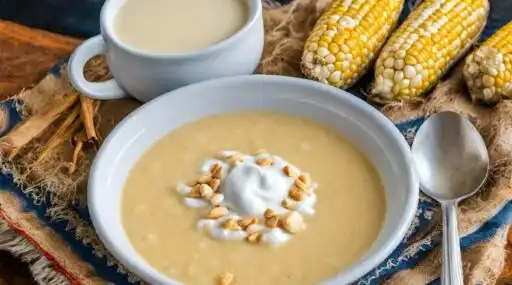






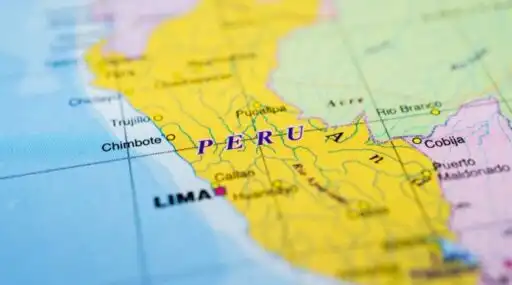
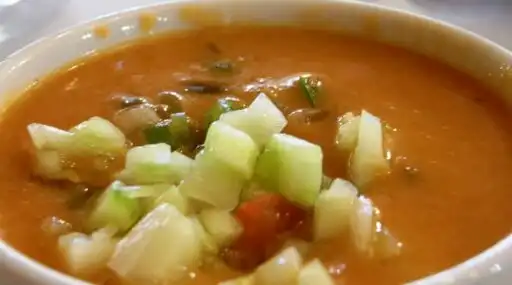
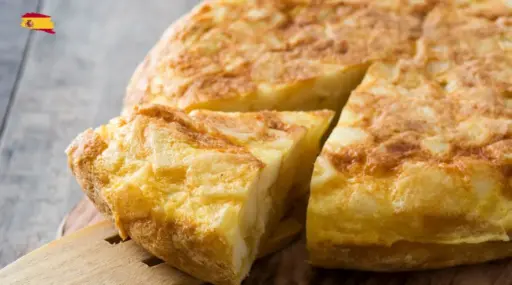
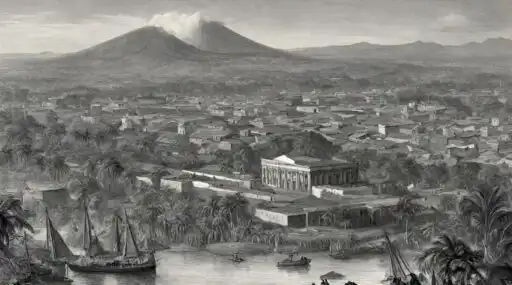
Leave a Reply